Disney’s Copyright on Mickey Mouse Is About to Expire
The iconic character Mickey Mouse, specifically the version from the 1928 animation “Steamboat Willie,” is nearing its entry into the public domain. Set to occur in 2024, this event marks nearly a century since the character’s debut.
This event marks a pivotal moment in copyright history, as Disney has spent decades lobbying to extend the length of copyright to maintain exclusive rights over its most famous ambassador.
The Evolution of Mickey Mouse
The Mickey Mouse character that will soon become public domain differs significantly from the modern version familiar to audiences today.
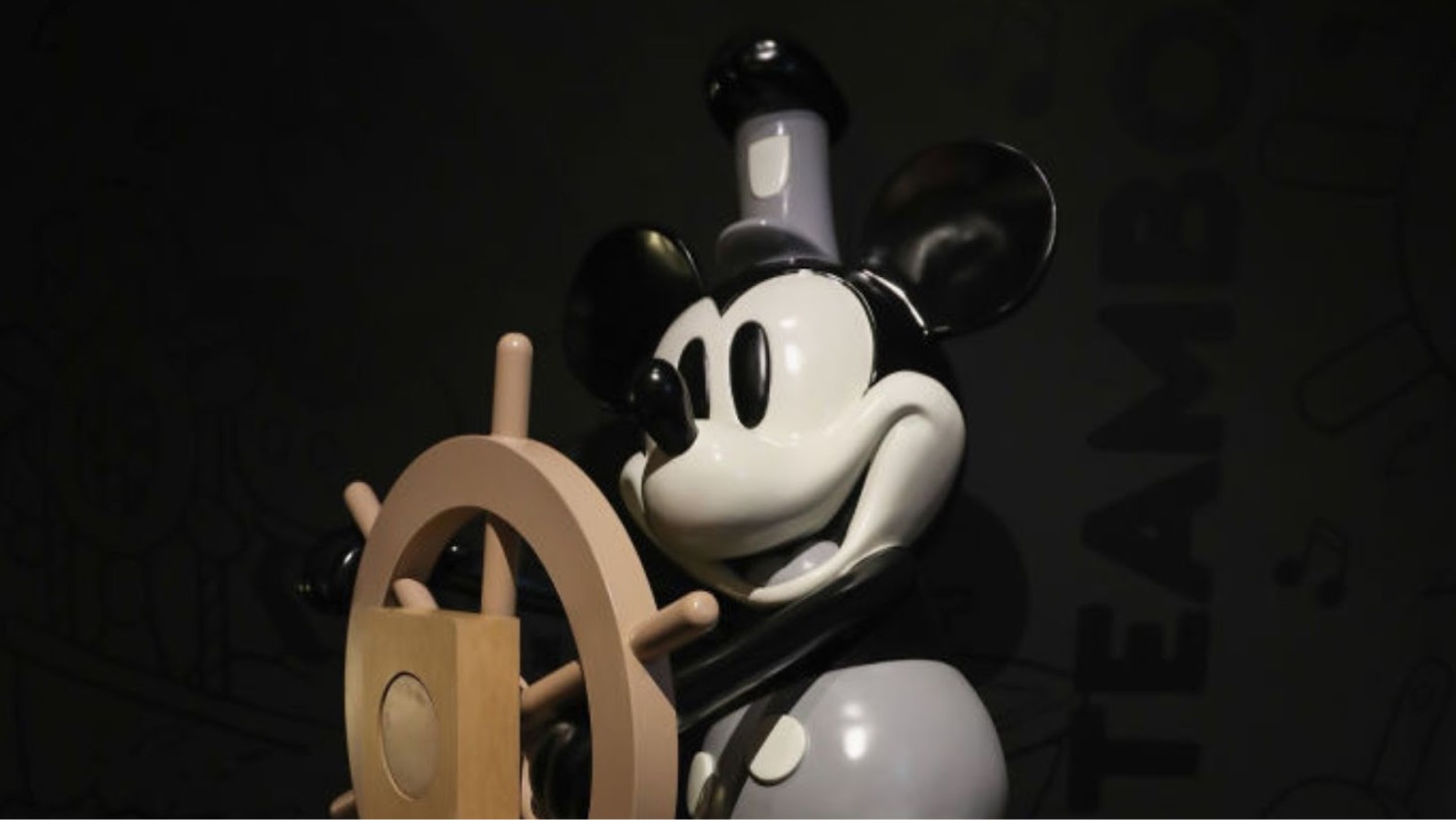
Source: Getty Images
The “Steamboat Willie” Mickey, featured in the 1928 animated short, is characterized by a longer nose and a thinner tail, reflecting the artistic style of the era. This early version of Mickey Mouse is a testament to the character’s enduring legacy and evolution over the years.
Disney's Efforts to Extend Copyright
Originally, the copyright for “Steamboat Willie” Mickey was set to expire in 1984. However, Disney successfully lobbied to extend copyright terms, significantly influencing copyright law.
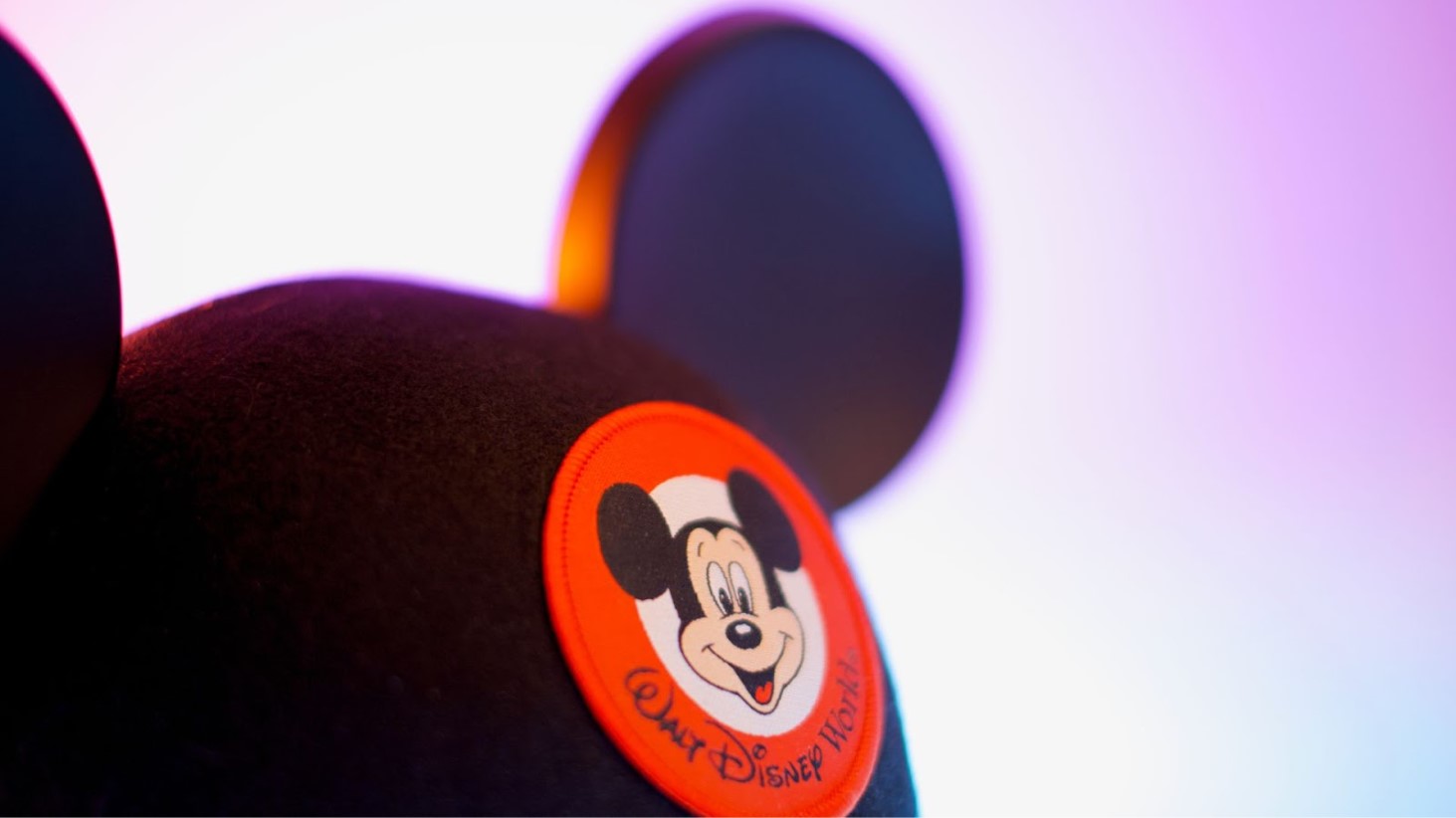
Source: Brian McGowan/Unsplash
According to Loyola University Chicago School of Law’s Intellectual Property Law Blog, Disney’s efforts were instrumental in reshaping the legal landscape surrounding copyright durations, reflecting the company’s dedication to protecting its intellectual property.
Changing Copyright Laws
Copyright laws have undergone several changes over the past century. Initially, a work could be protected for 28 years, with the possibility of a 28-year extension.
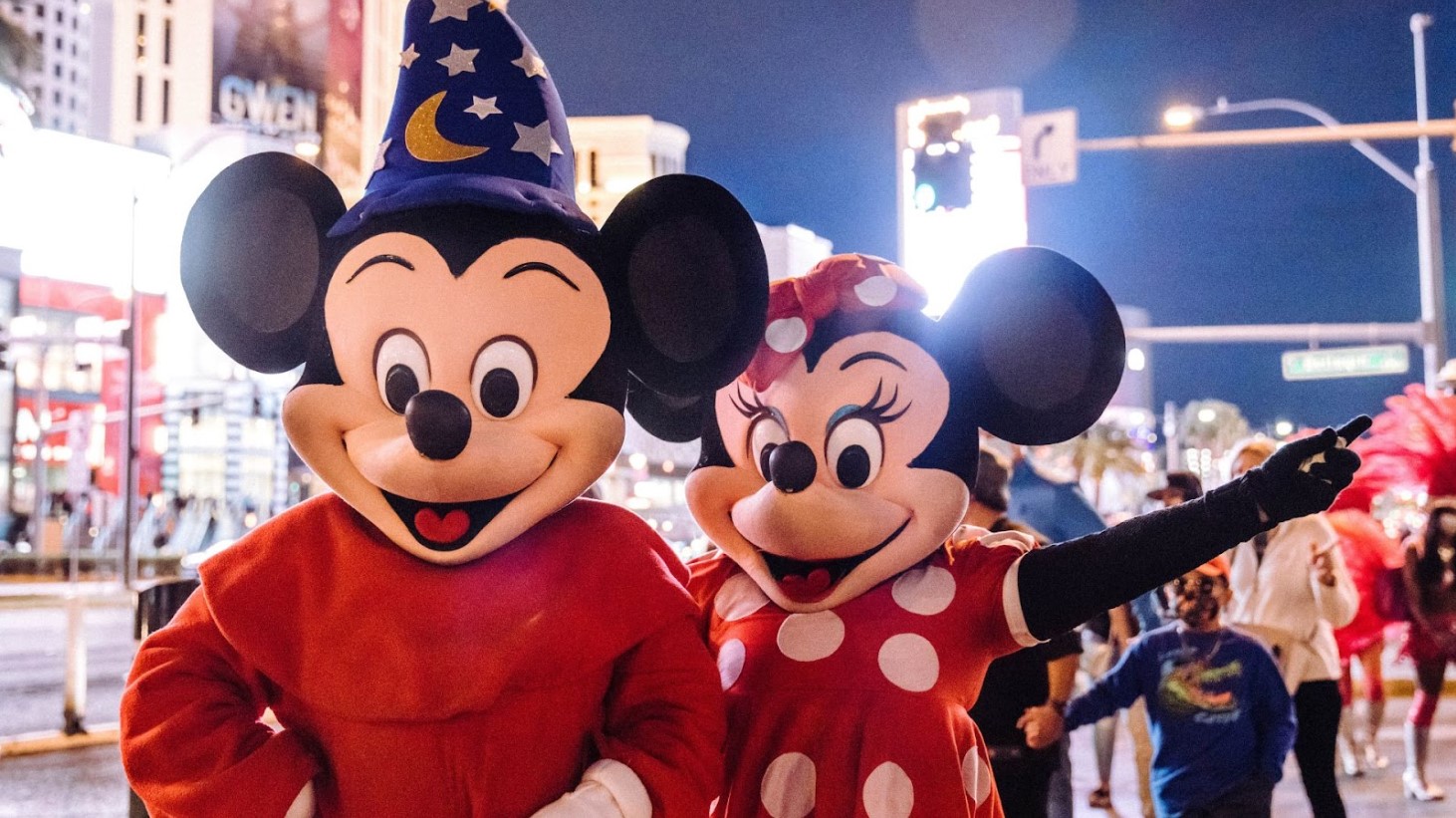
Source: Steven Lozano/Unsplash
However, Disney’s lobbying in the 1970s led to the introduction of the Copyright Act of 1976, which extended the copyright term.
The 'Mickey Mouse Protection Act'
As the expiration of the new copyright term approached in the late 1990s, Disney again lobbied for an extension. This effort resulted in the Copyright Term Extension Act of 1998, colloquially known as the “Mickey Mouse Protection Act.”
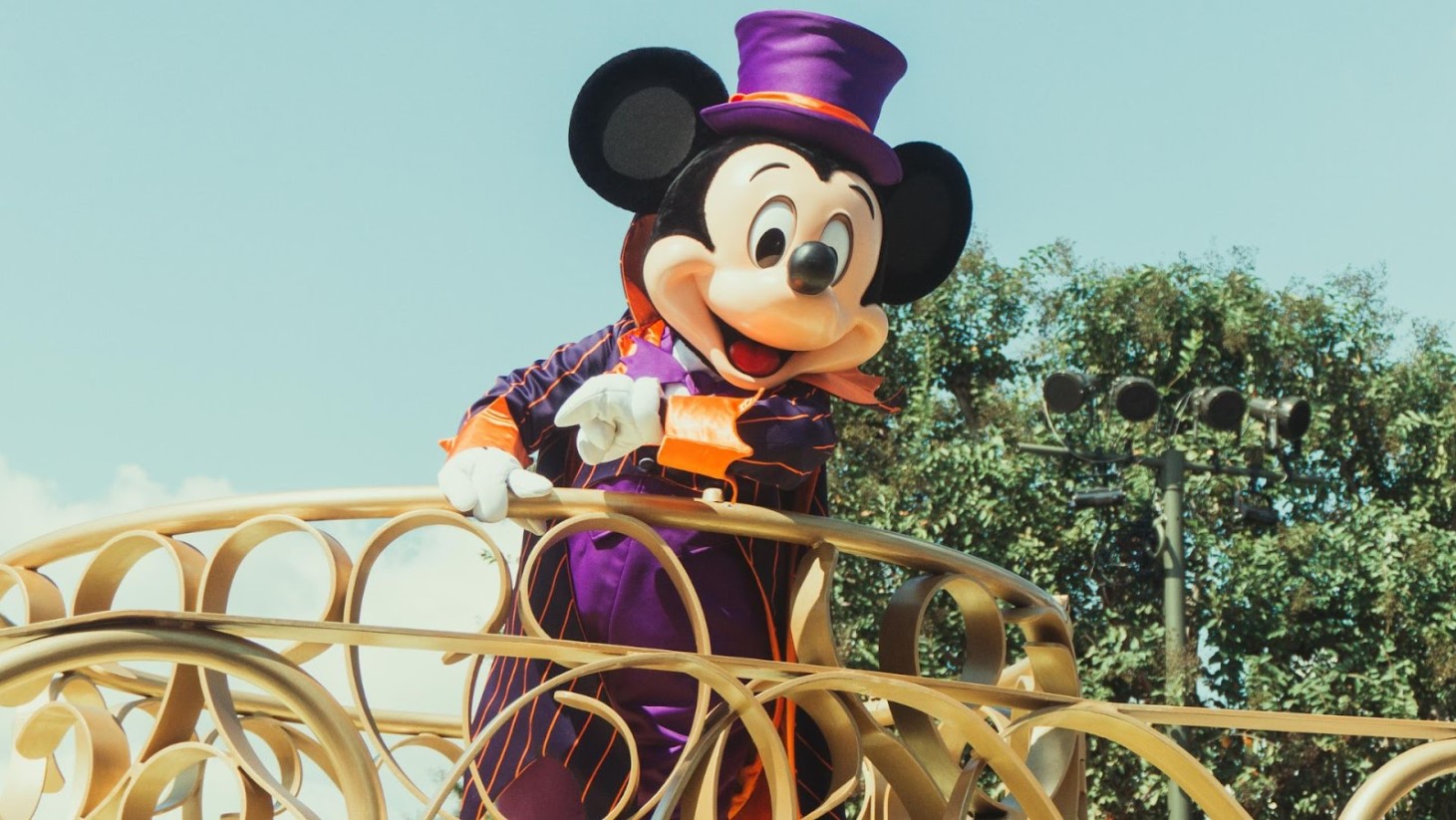
Source: Miranda Campbell/Unsplash
According to LUC’s law blog, this act further extended copyright terms, highlighting Disney’s ongoing commitment to maintaining control over its key characters.
A New Chapter Begins in 2024
On January 1, 2024, the “Steamboat Willie” version of Mickey Mouse will enter the public domain.

Source: Taylor R/Unsplash
This means that this particular version of the character will be free for public use, a significant change in the character’s copyright status.
Disney's Continued Copyright Control
Despite the impending public domain status of the original Mickey Mouse, Disney retains strong control over the character’s modern incarnations. Each new version of Mickey Mouse that Disney creates is copyrighted, ensuring that contemporary depictions of the character remain protected.
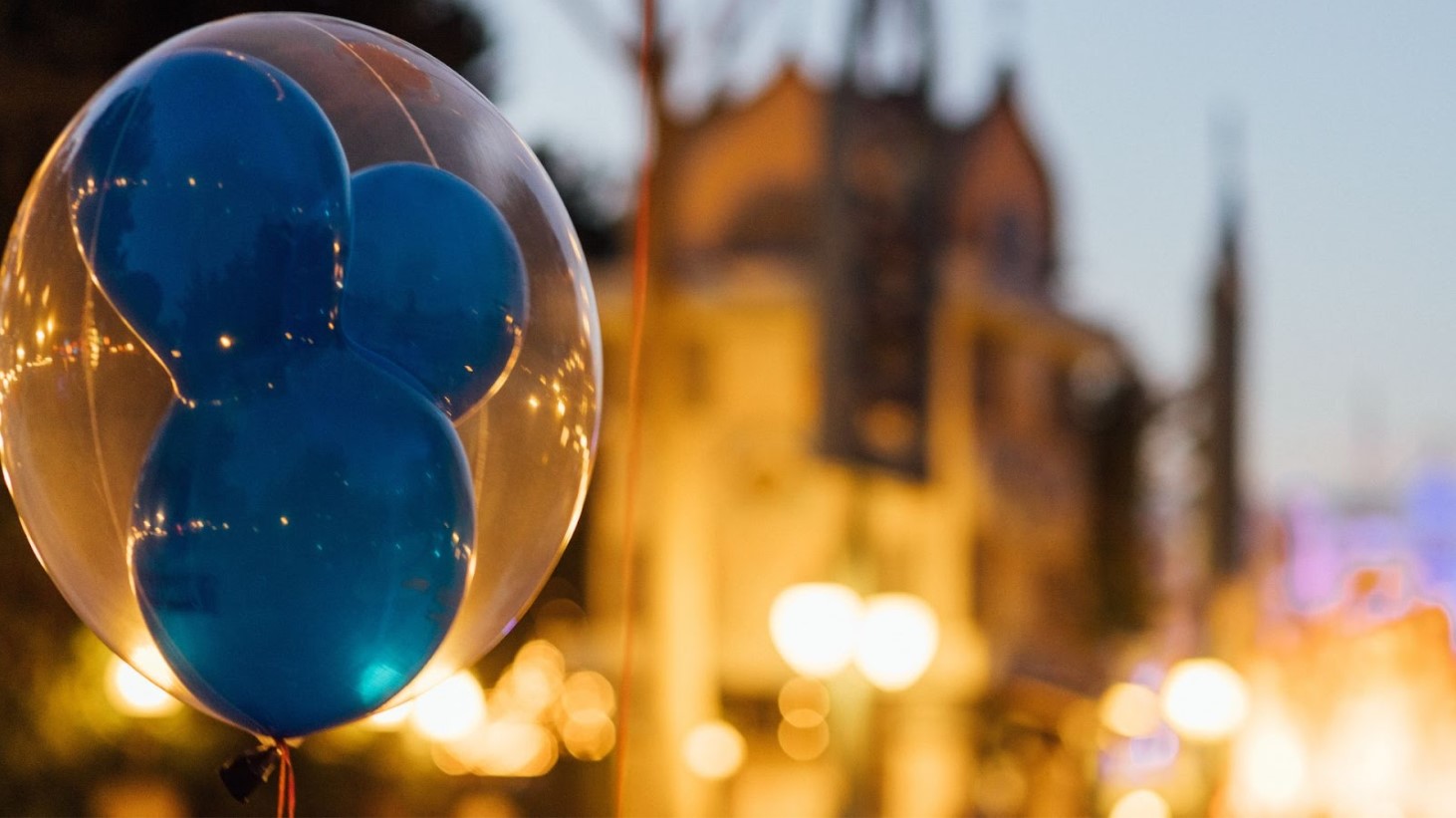
Source: Steven Lozano/Unsplash
Disney’s ability to adapt and protect its intellectual property illustrates the company’s strategic approach to maintaining its iconic brand.
Trademark Protection for Mickey Mouse
In addition to copyright, Disney also holds trademarks on the modern version of Mickey Mouse.
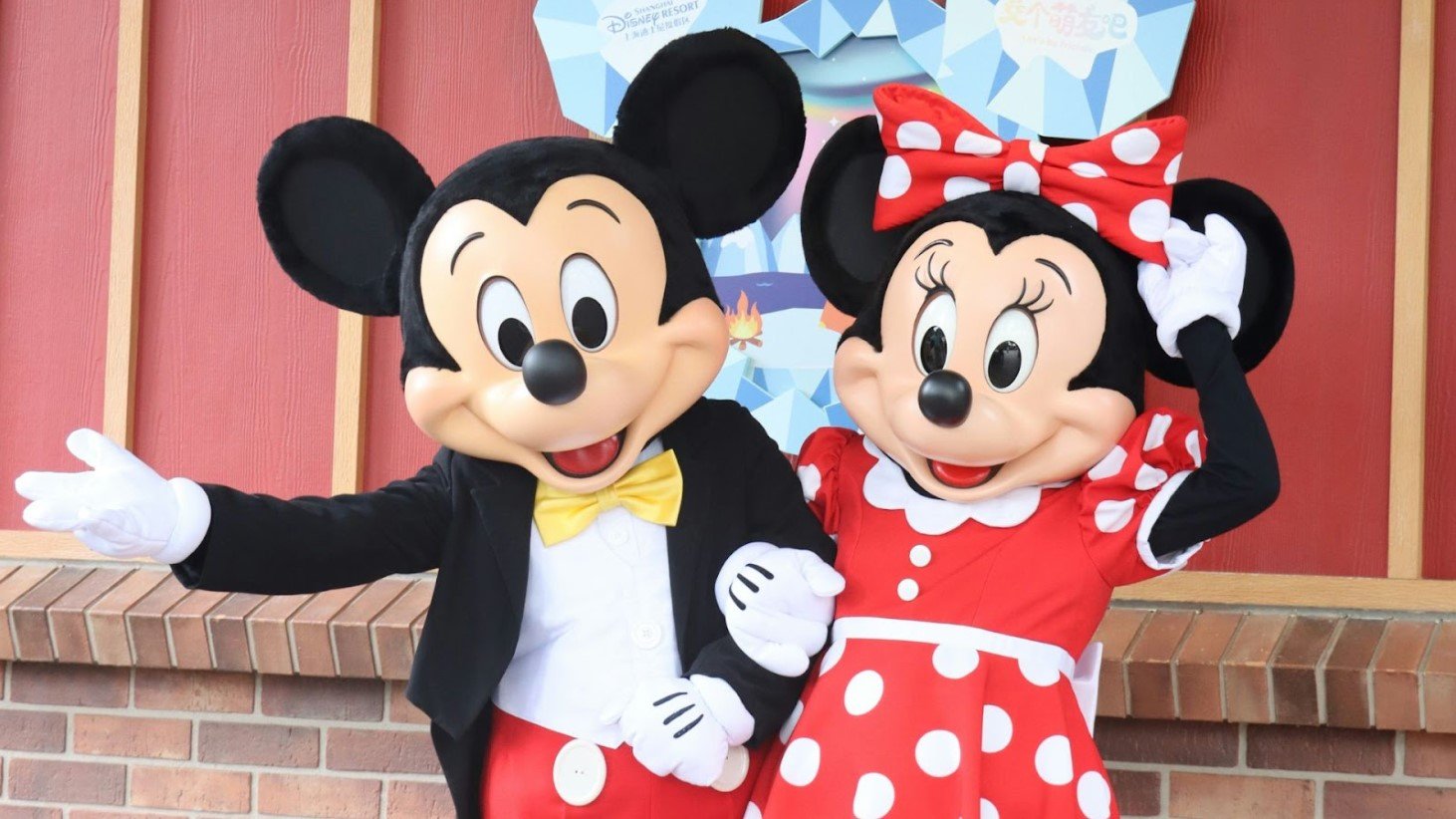
Source: Taha/Unsplash
This legal protection provides additional layers of control over how the character is used and represented. The trademark protection ensures that while the original version of Mickey may be entering the public domain, the character’s contemporary image remains under Disney’s control.
Disney's Statement on Mickey's Role
Despite the “Steamboat Willie” version of Mickey Mouse entering the public domain, Disney has stated that more modern versions of the character will remain unaffected.
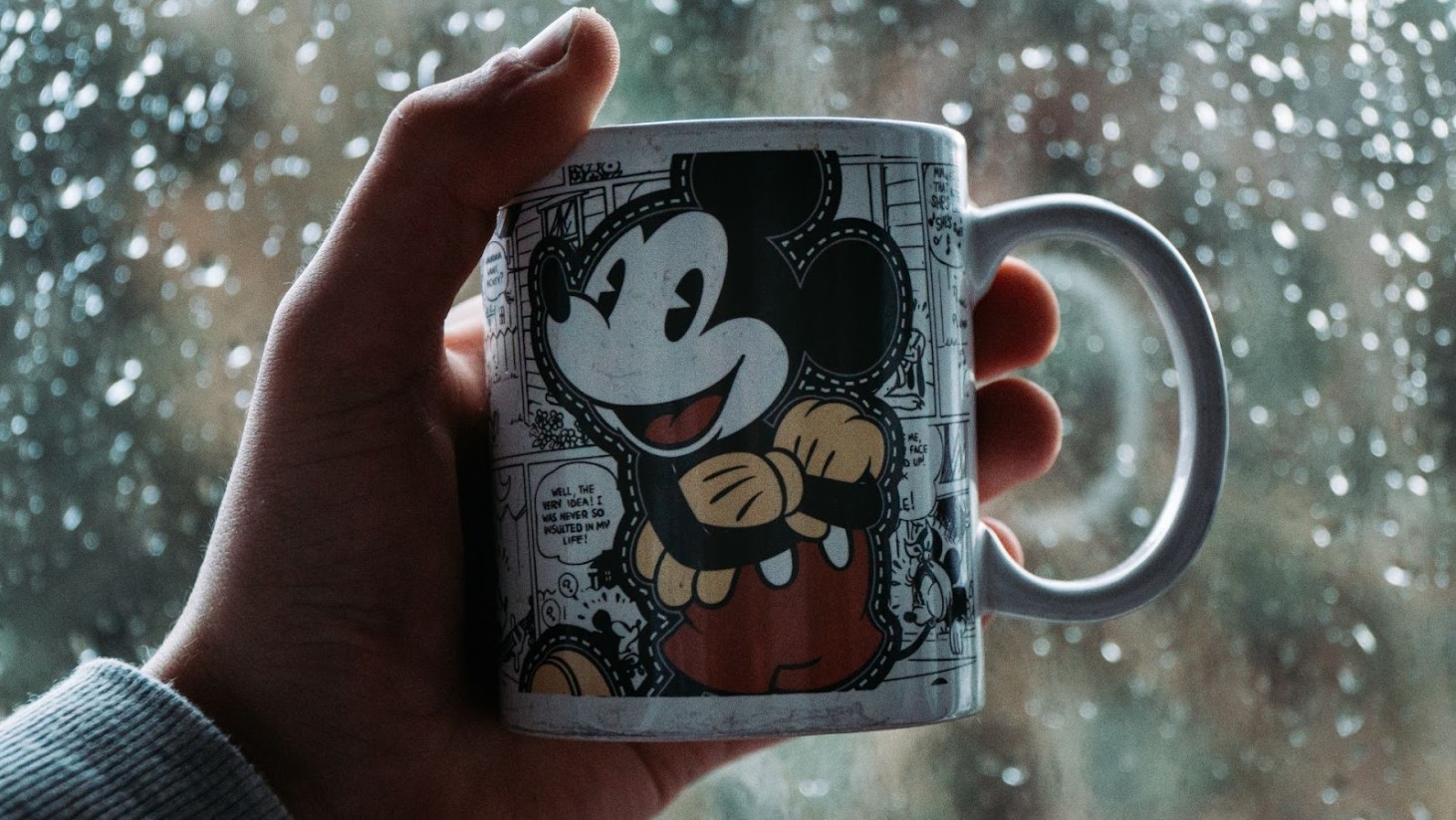
Source: Jonathan Kemper/Unsplash
The company asserts “More modern versions of Mickey will remain unaffected by the expiration of the Steamboat Willie copyright, and Mickey will continue to play a leading role as a global ambassador for the Walt Disney Company in our storytelling, theme park attractions, and merchandise,” This statement was provided to the Associated Press, emphasizing Disney’s commitment to its mascot’s ongoing presence.
Historical Context of Public Domain Characters
Mickey Mouse is not the first iconic character to enter the public domain. In 2022, the original version of Winnie the Pooh became free for public use.
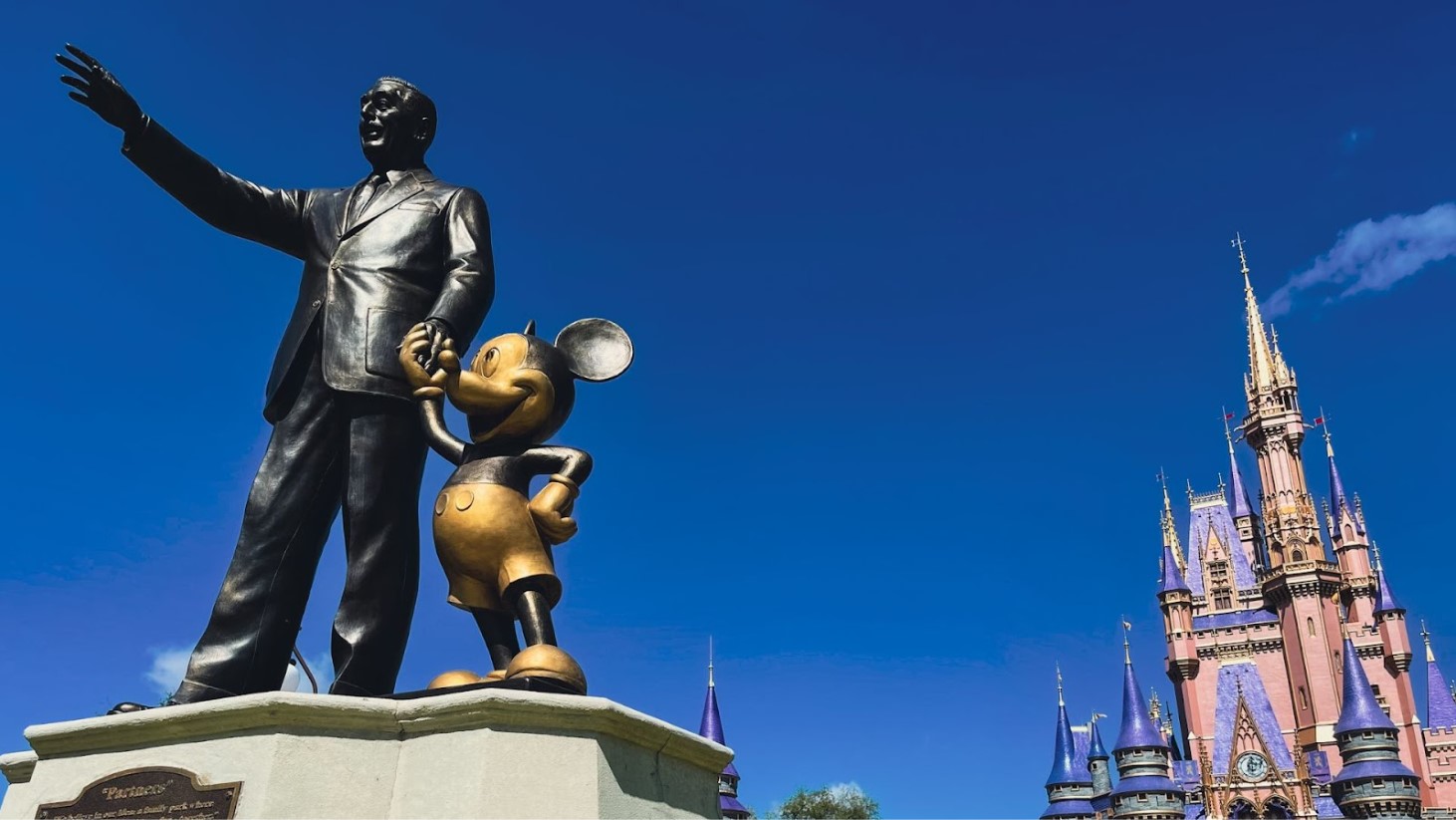
Source: Jose Mizrahi/Unsplash
This transition of well-known characters into the public domain exemplifies the natural progression of copyright law and the eventual release of classic characters for broader creative exploration.
Potential for New Interpretations
With “Steamboat Willie” Mickey Mouse entering the public domain, there is potential for new and diverse interpretations of the character.
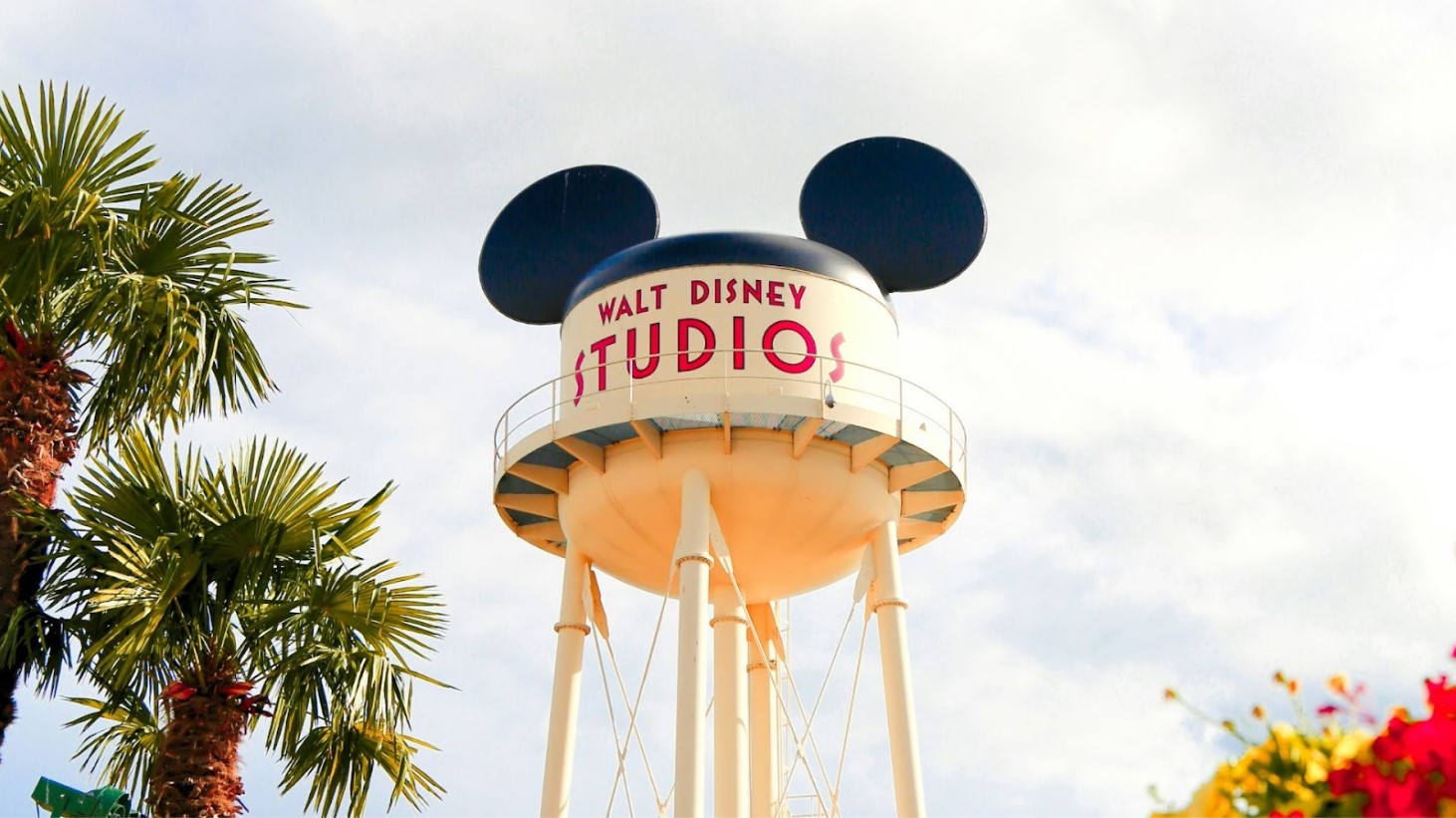
Source: Lydia Turner/Unsplash
Similar to how the public domain status of Winnie the Pooh led to unique adaptations, the same may occur for Mickey. This development opens up possibilities for creative reinterpretations of one of the world’s most beloved characters.
Reflecting on a Century of Copyright
The journey of Mickey Mouse from a copyrighted character to one entering the public domain represents a significant chapter in copyright history. This transition highlights the evolution of intellectual property laws and Disney’s role in shaping these regulations.
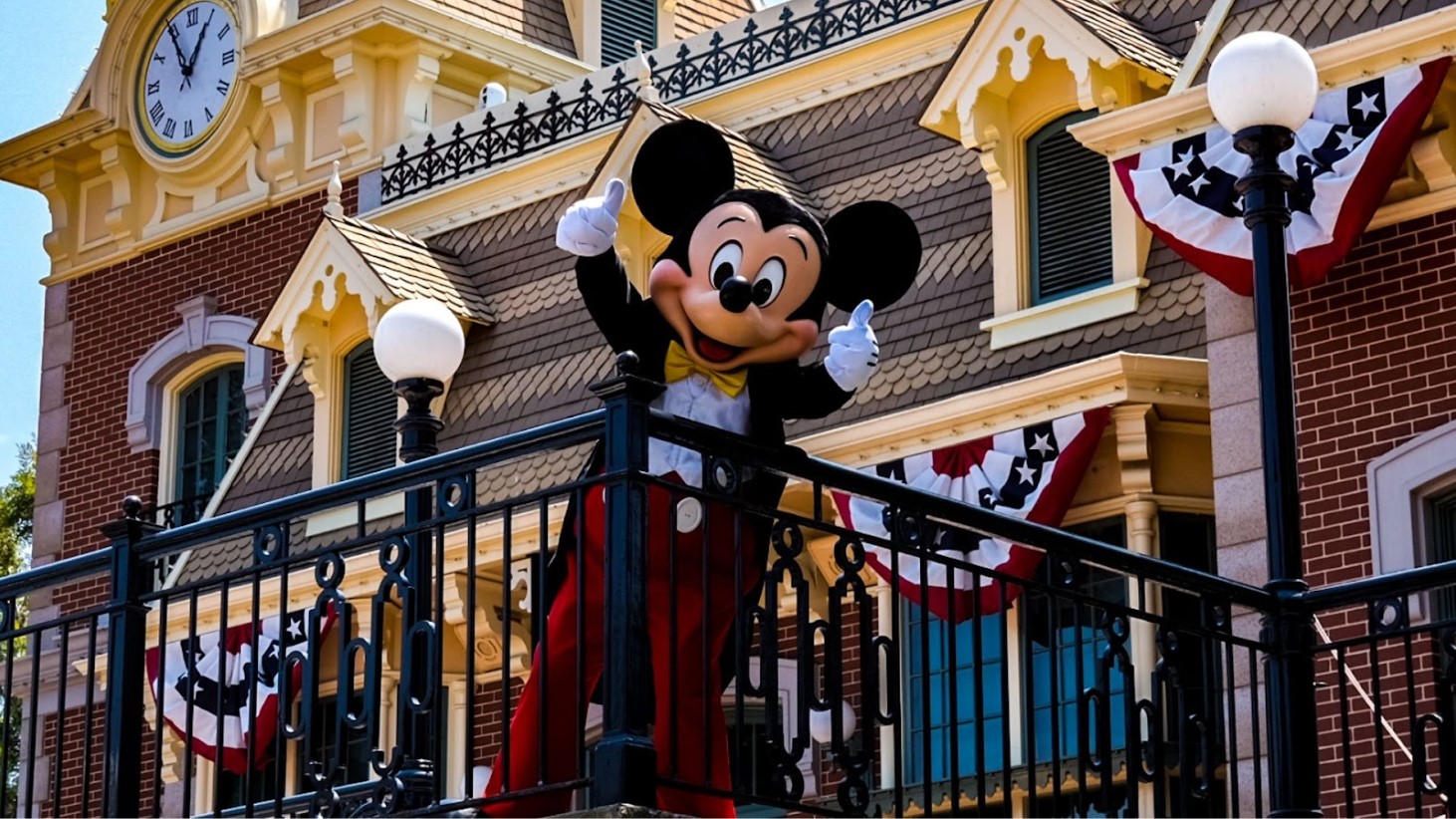
Source: Steven Beyer/Unsplash
As “Steamboat Willie” Mickey Mouse prepares to enter a new phase of accessibility, it is a clear example of the dynamic nature of copyright and the ongoing relevance of iconic characters in popular culture.
